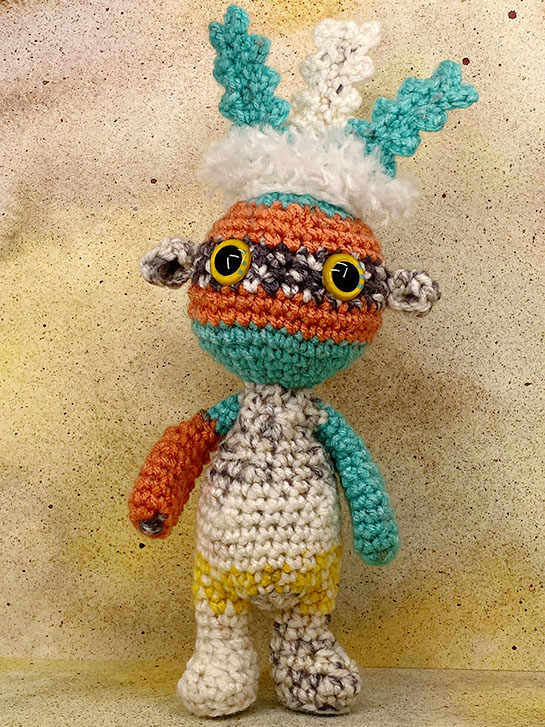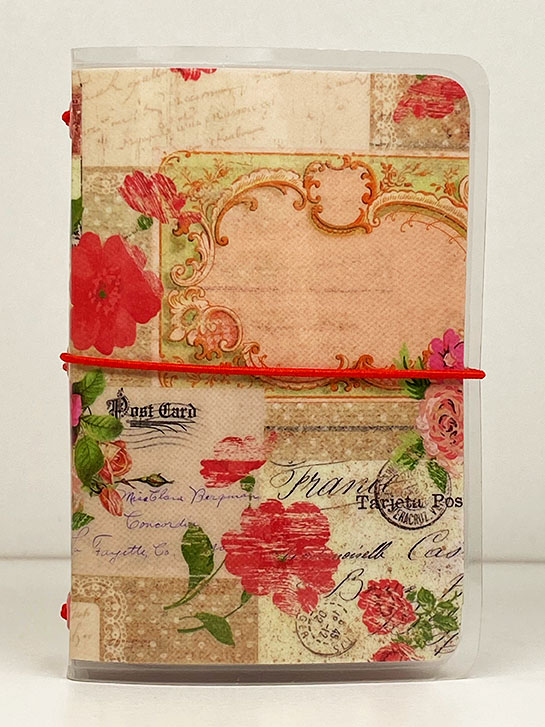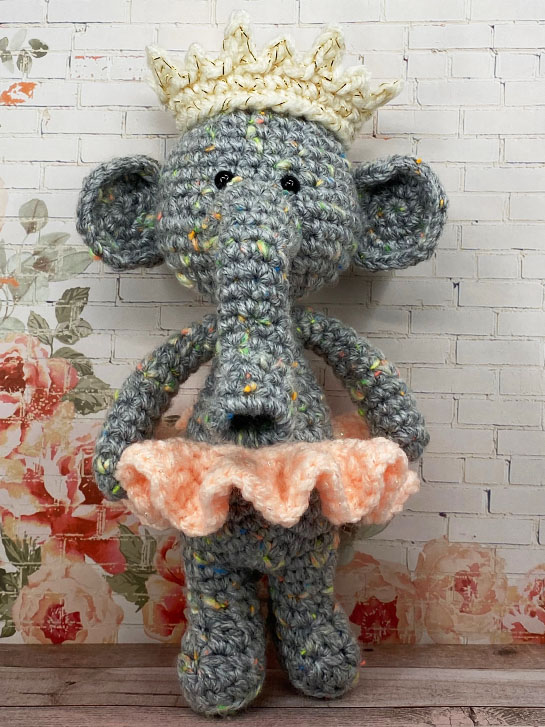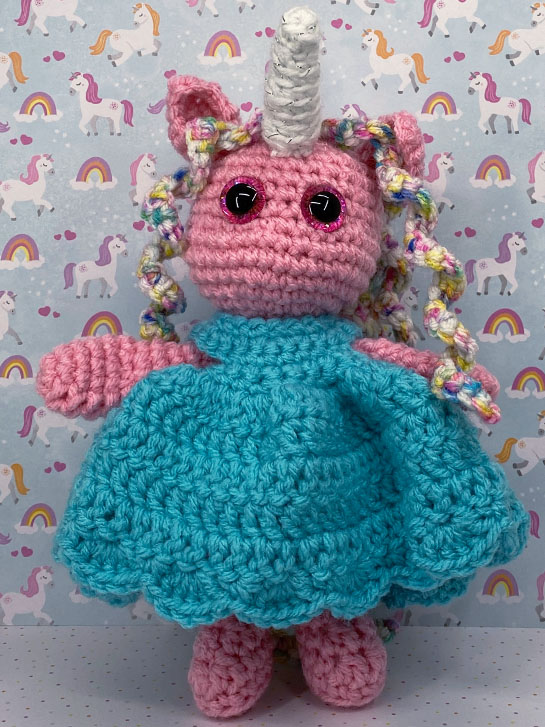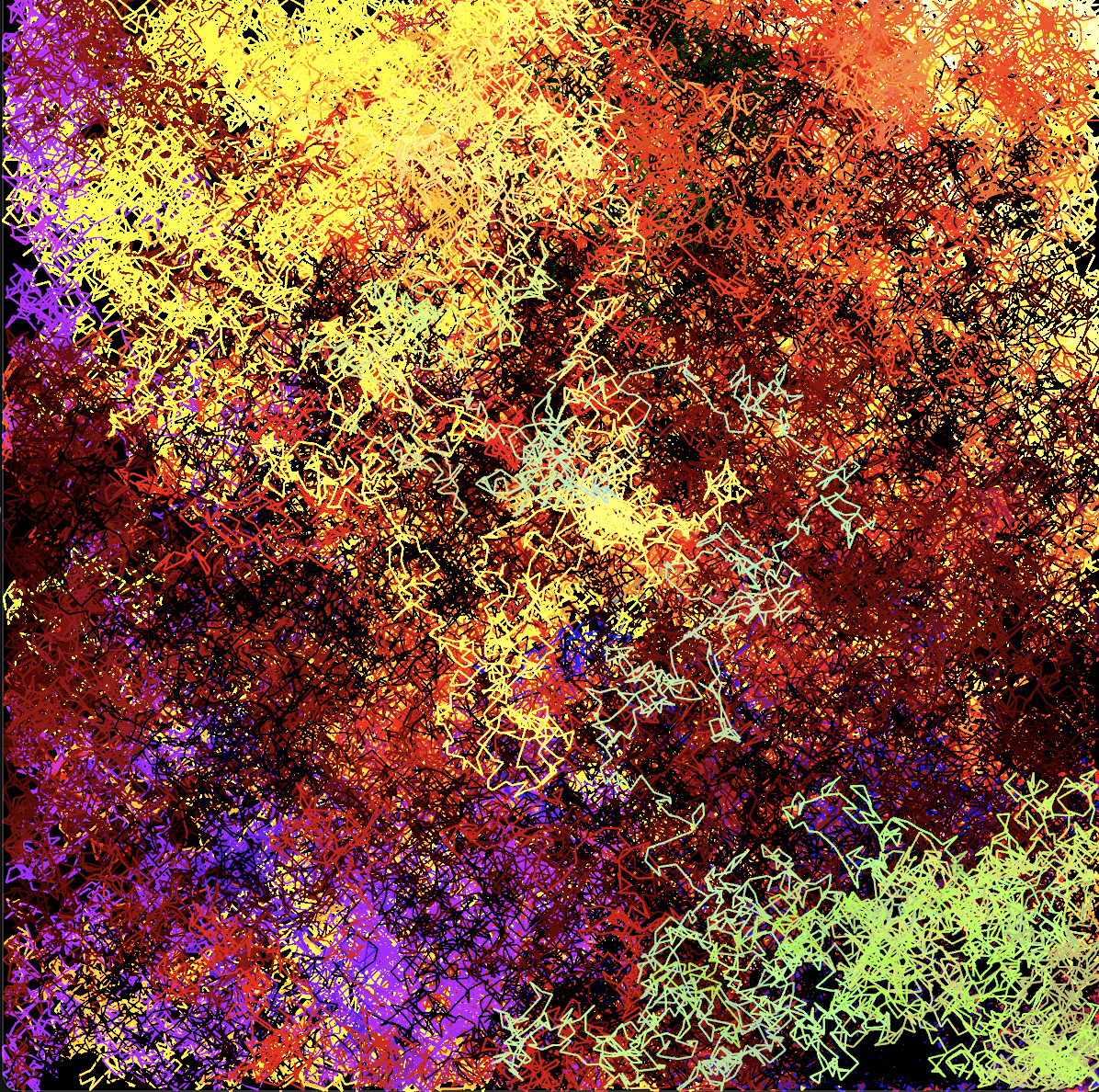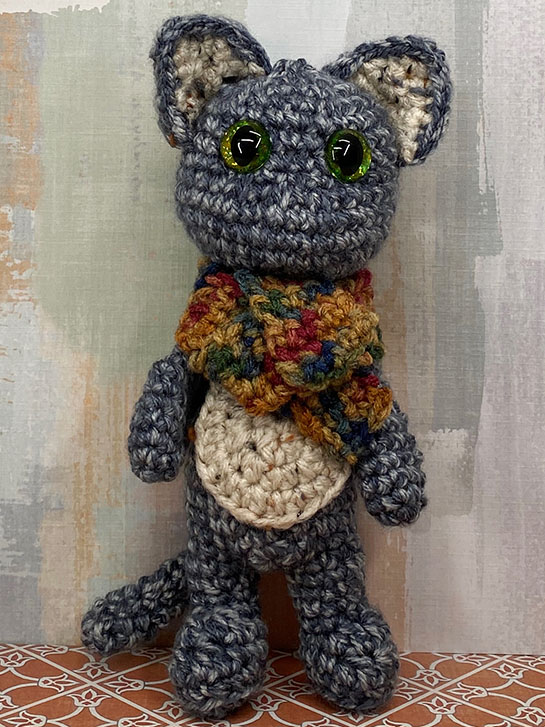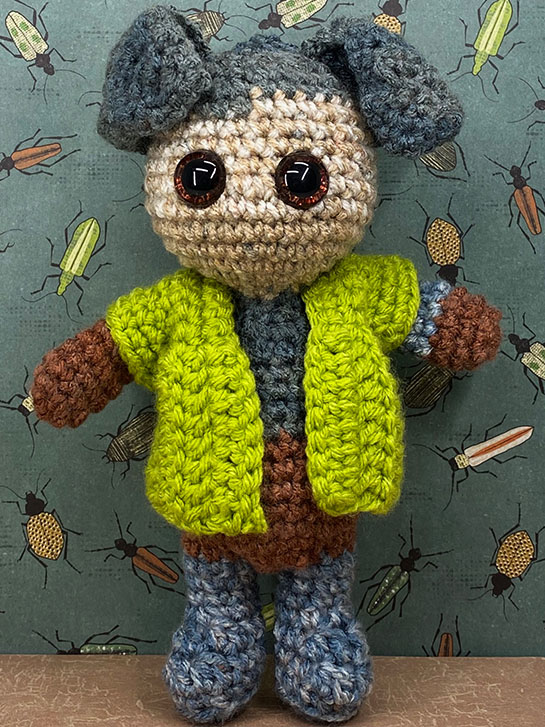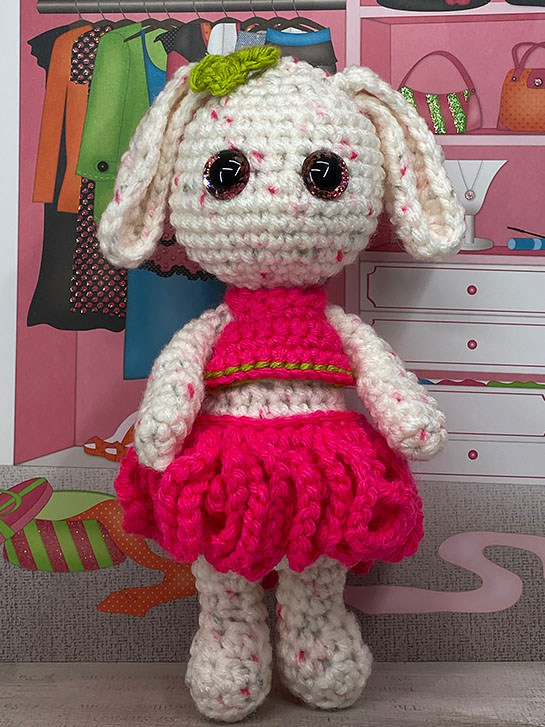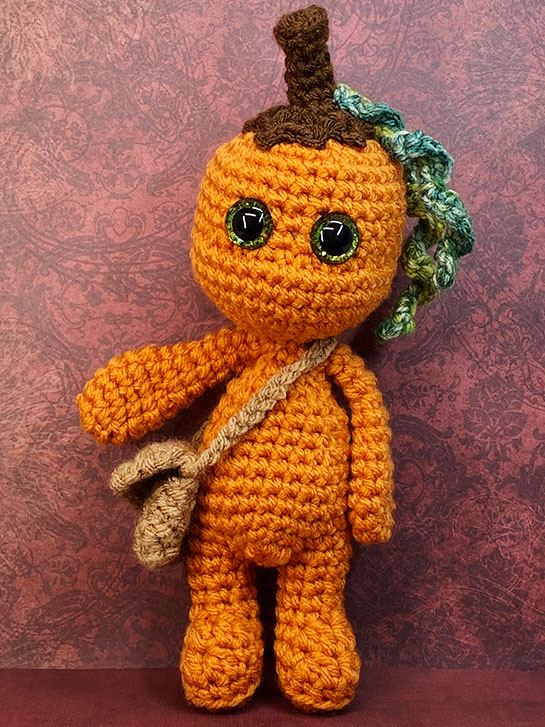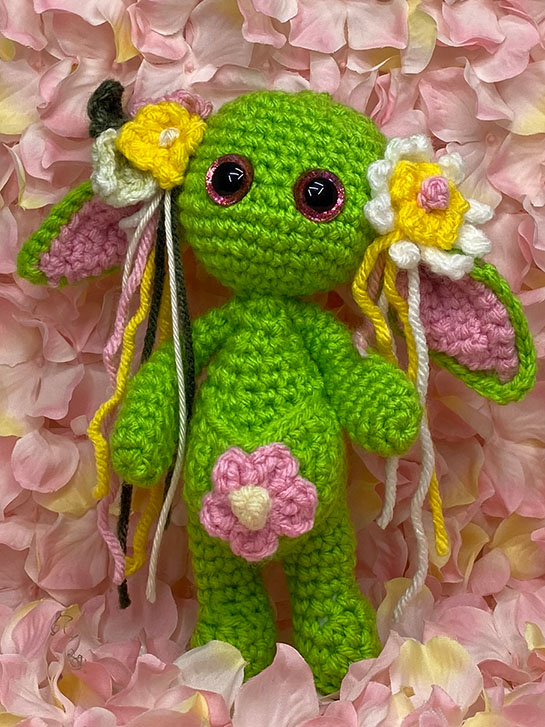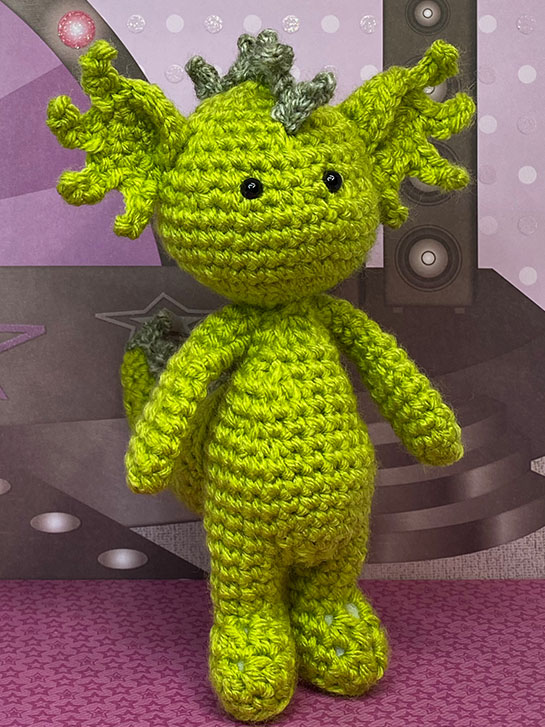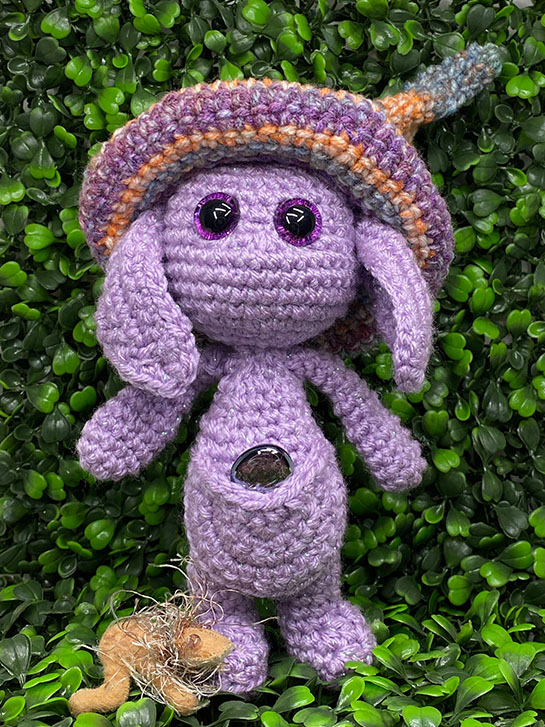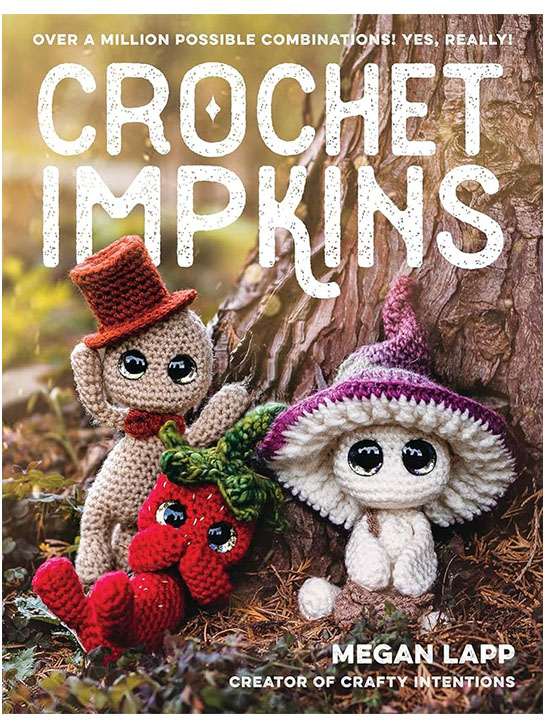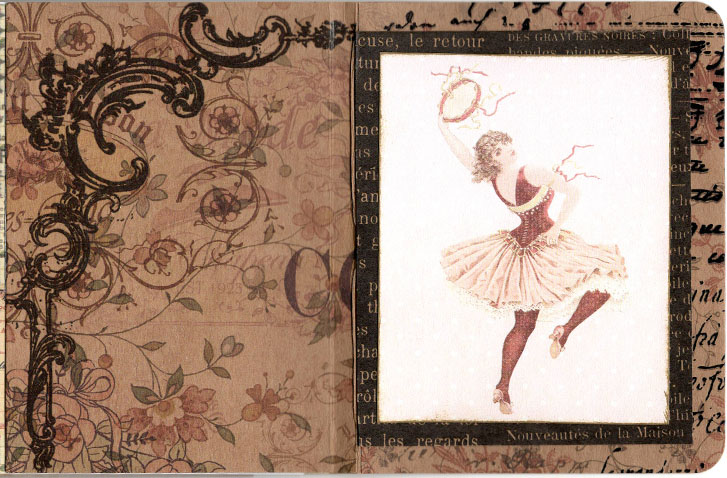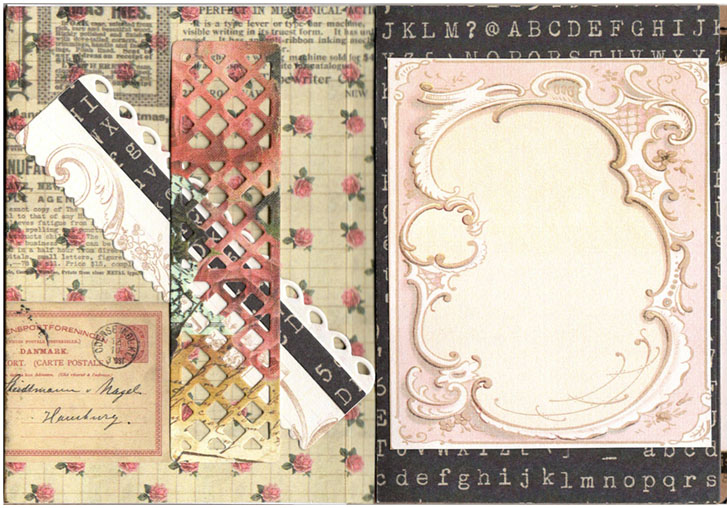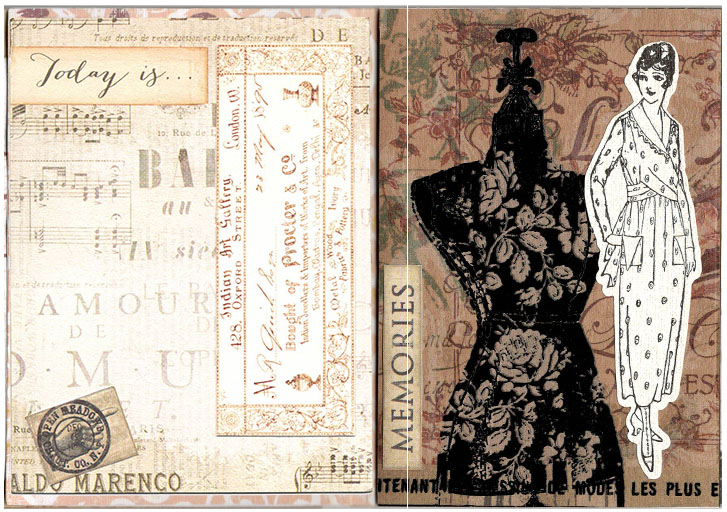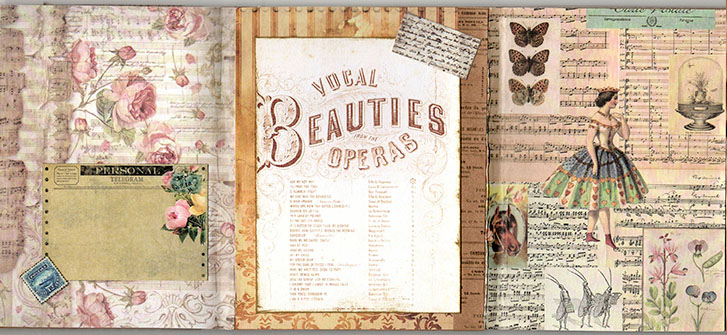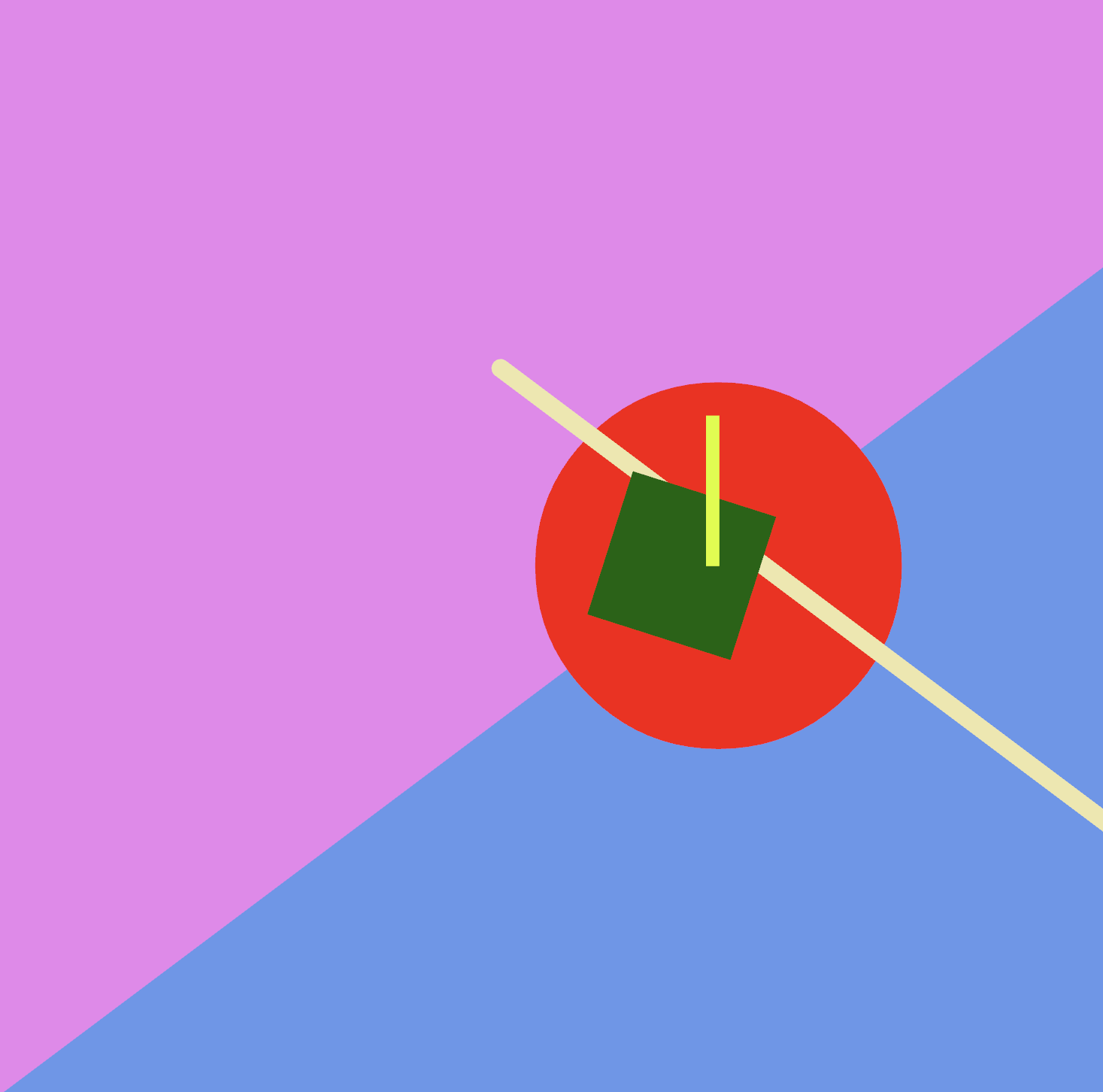This is a Sky Singer. Sky Singers are the keepers of the day. They watch the skies for signs, to pass on to the Earth Keepers and the Plant Growers.
I often see many mythical creature impkins posted in Megan’s Crafty Intentions Facebook group. However, most of them are elven, forest, or magical beings from more northern European ideology.
I wanted to take this mythological concept in another, more tribal direction. When I saw the Painted Canyon color way from I Love This Yarn at Hobby Lobby, I knew exactly what I wanted to make.
Welcome to February!
This month I am focusing on a theme of Romance. Valentine’s Day is February 14, so it seems appropriate. I’m going with roses and other flowers, pink, red, white and gold, hearts and other items associated with romance.
Above is the cover I’m using for my micro art journal. I used this one last year and I liked it so much, I’m going to use it again.
I’m so happy to introduce you to Ellowyn Hortensia Elephanta, a Prima Ballerina. If you know her well, you may call her by her nickname, Ellie.
She has Type 2 Arms* with the Standing Body Type 2*, along with Large, Round Ears*, and a lovely curved Snoot*. She also has a small, thin improvised tail with a few hairs at the end.
Since she is constantly dancing, you will usually find her dressed in her favorite Tutu* and wearing a Wide Crown* with golden touches.
Meet Pinkie Pony! She’s a very outgoing MLP** Impkin Cosplayer. She loves to dress up and appear at various Comicons across the U.S.!
Pinkie has Type 2 Arms* with the Standing Body Type 2*, along with Pony Ears*, and a Unicorn Horn*. She also has a lovely, rainbow colored, Long Curly Mane*, of which she is very proud!
This little impkin demanded a “party dress”. I didn’t have the heart to say no, so after several attempts, I came up with this lovely blue dress.
Way back when I did my very first The Artist's Husband post , I used Javascript and p5.js to create a drunken lines drawing, a drawing where the direction of a line (as well as its color) is chosen by random. Doing this over and over again eventually fills the windows with a colorful image such as the one at the top of this post.
Here is a Nannou app which does pretty much the same thing:
This is Toby Faraday. He’s an old, curmogenly type who’s currently trying to figure out where he put his glasses. They’re probably sitting on his desk, in his study, but he can’t find them… because he’s not wearing them!
This impkin has Type 2 Arms* with the Standing Body Type 2*, which is my personal favorite. He also has a Panel Belly*, Cat Ears* and a Cat Tail*.
Toby is often seen with one of his collection of scarves because he’s always too cold. The Scarf* in this case was made using warm, fall colors.
This is Charles. Actually, his full name is Charlemagne Puppington III, but he doesn’t like to tell anyone that, preferring everyone to just call him “Charlie”!
Charlie is an Entomologist and an upstanding member of the Royal Canine Entomological Society. He spends all of his time outdoors hunting down new and interesting species, and often testing them for their culinary adaptability… by eating them! So far, only a few of his subjects have bitten him back, but he has suffered through a few trips to the doctor for bad reactions.
Who’s your favorite fashionista? I’m sure Brie Blanc knows all about them and has some strong opinions about their clothing choices!
Often, Impkins tell you want they want to be, and what accessories they wish to have while they are being made. That was certainly the case with this one! She wanted an outfit that was high design and was hot pink trimmed with green, and I had no idea how to make it.
While she’s a bit out of season, today I’m introducing Pumpkin Spice. She’s a fall kind of gal, venturing out to collect her latte from Starbucks, and gathering up cinnamon, nutmeg and vanilla spices and flavorings which she stores in her every-present Sachel*.
This was the third Impkin that I made. She has Type 2 Arms* with the Standing Body Type 2*. Like every proper pumkin, she wears her Pumpkin Stem Cap* atop her head.
In my last post , we set up a basic sketch in Nannou. This week, we’ll look at a Nannou app. A Nannou app is like a Nannou sketch, but with more capabilities and tighter control of what is happening. They are very similar; in fact a sketch is just a shortcut for an app when you don’t need the features an app provides. This can save you some typing.
Please say “Hello” to Cherry, a Wood Nymph Impkin. Cherry is most often seen in the Spring and early Summer playing and gathering herbs and flowers in meadow openings, and beside small brooks, in between the trees.
This was actually designed by my 13-year old! She sketched out everything she wanted and then gave me the drawing. She did a great job, incuding detailed information.
I let her pick out all the yarn colors and went to work.
I’d like you to meet Elvis, an Impkin Dragon. Elvis is a musician, and loves to DJ for the other Impkins!
I started this character with Arms, Type 2* and Standing Body, Type 2*. My intention was to create a dinosaur, because that was what that skein of yarn was crying out to be. I did add the Dinosaur/Dragon Tail* before this little one woke up and his personality emerged.
Periwinkle is my second impkin. We’re not going to talk about the first one. It was a “learning experience”, LOL!
I wasn’t exactly sure how she would turn out, given that I chose the yarn for her body and her hat before I had a clear image. I just knew I wanted to use those yarns. I chose the Arms, Type 2* and Standing Body, Type 2* for her, picked up my hook and began.
Today, I wanted to introduce you to the Crochet Impkins book by Megan Lapp , owner of Crafty Intentions! .
Megan is a gifted pattern designer who specializes in unique, fantasy-based crochet designs. Her patterns are very well written, clear, and easy to follow. While she suggests that you have a good grasp of basic crochet stitches, and be at about an intermediate level, she actually has patterns that suit every skill level from beginner to advanced.
Now that you have Rust and Nannou installed , lets look at a basic Nannou sketch. A sketch in Nannou is a fast way to get a drawing displayed. Here is a simple one which just draws a rectangle and an ellipse on a colored background.
use nannou::prelude::*; fn main() { nannou::sketch(view).run(); } fn view(app: &App, frame: Frame) { let draw = app.draw(); draw.background() .color(LIGHTBLUE); draw.rect() .color(ORANGE) .w(100.0) .h(200.0) .x_y(200.0, -100.0); draw.ellipse() .color(DARKGREEN) .w(200.0) .h(230.0) .x_y(100.0, -50.0); draw.to_frame(app, &frame).unwrap(); } So what is going on here? At the top level, the three important parts of this sketch are the use statement, which imports all the Nannou components we need, the main() function, and the view() function. This is, in itself, a complete Rust program as well as a Nannou sketch. In Rust, the main() function is where the program starts – it’s the code that is executed when the program is run. In this case, that is just one line: nannou::sketch(view).run();, but there’s a lot going on on that line!
These are the final pages in my La Nouvelle Mode art journal.
While they are not complex, I felt that the last page, on the right, celebrates the joy of the journey as it might have been felt by the imaginary traveler.
The page on the left has space to add a sticker or two, or some other decorative item of the user’s choice. It could also be left, just as it is, as a beautiful contrast to the dancer on the right.
This is the back side of page 6 and the front side of page 7.
On the left page is a frame around an empty space. This space could be used for a quick sketch or additional journaling.
On the left side of this layout, there is a decorative strip that holds a book mark. This strip is often referred to as a “belly band”. It can be a piece that is attached at both ends or a strip that wraps around a page.
Today we’re looking at the back side of page 4 and the front side of page 5. These pages are tipped into the right fold of the trifold cover.
On the left side, you can see the front of a journaling card. This card is held into the journal by a tiny binder clip.
Here, you see the back side of the card. There are two different spaces for journaling or notes.
Today, we’re looking at the half-way point in the trifold journal! The image above is the back side of page 3, the center back of the trifold cover and the front side of page 4.
Above is a closer look at the back side of page 3 and the inside, center of the trifold cover.
This is a closer look at the center of the cover and the front of page 4.
In my last post , I mentioned Nannou , a generative art framework for the Rust programming language. While I am focusing mainly on drawing here, Nannou goes much further dealing with user interface, audio and video, and even lasers ! Its goal is to provide tools for artists building any kind of art installation.
For drawing, it is similar to Processing in how it is used, and therefore similar to all the other frameworks I’ve discussed here, which are all based on, or at least inspired by, Processing.
